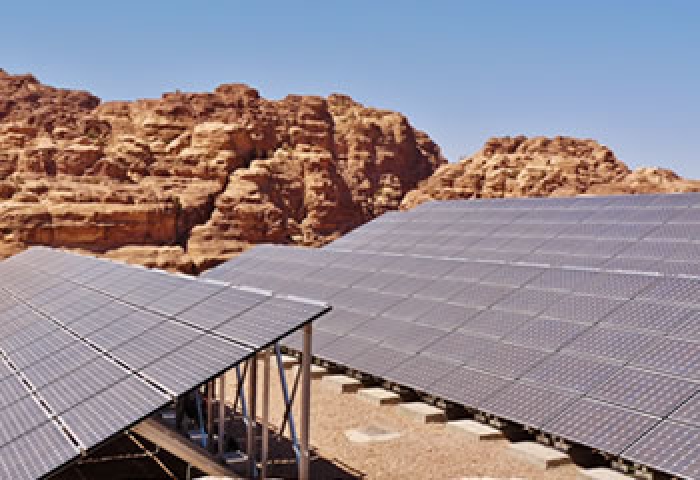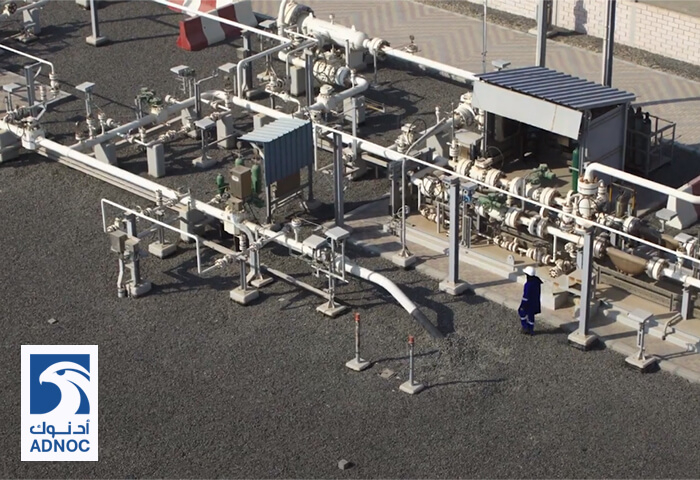“Before, I used to pay 12000 to 13000 dinars a year of electricity bills (from 17000 to 18500 dollars), and 2000 to 3000 dinars a month (3000 to 4500 USD) during summer and winter. However now, my bill has significantly reduced”, said with excitement Imam Adnane Yahya of Hamdan al-Qarra Mosque in Amman.
The place of worship was equipped with 140 solar panels at the beginning of the year, which allows it to produce nearly 44 kilowatts (KW) at a cost of 32000 dinars ($45700).
This is enough to power the mosque that can contain 1500 worshiper, using up to 50 air conditioners, 35 fans, more than 120 lamps, 32 cameras, as well as microphones.
“Before, during summer, worshipers complained of the heat and asked us to increase the air conditioning. But today, they request to lower it because they are cold", tells the big-white-bearded imam.
This place of worship is among the 380 mosques and churches equipped with solar panels in the kingdom, according to the Ministry of Energy.
Jordan, which imports 98% of its oil and has long relied on fossil fuels to run its power plants, is trying to reduce its dependence on oil, thanks to clean energy.
In this semi-desert country, solar power occupies a prominent place and, in recent years, solar panels have flourished everywhere, not only on the roofs of mosques but also in schools, universities, hotels, as well as factories and villas.
Last year, two solar power plants were inaugurated in the Zaatari and Azraq camps, which host tens of thousands of Syrian refugees.
The province of Maan, 200 km south of Amman, has seen the birth of 11 green energy projects, including the country's largest solar power plant, "Shams Maan".
Managed by the Jordanian company Kawar Jordan Investments, Qatari Nebras Power QSC and Japan's Mitsubishi, the power plant costed $170 million and produced 52.5 megawatts (MW), thanks to 640,000 photovoltaic panels.
Hanna Zaghloul, managing director of Kawar Energy, a subsidiary of the Kawar Group, said solar energy should enable Jordan to gain its energy "independence".
“Jordan is qualified to host such projects. Here, the sun shines 320 days a year. So, the results are very encouraging, and the sector can create hundreds of jobs,” he adds.
“Jordan is experiencing a rapid (...) change,” said Jordan Energy Minister Hala Zawati. “Before 2012, we had no regulation or law in this area,” she added.
At present, the country has “800 MW of production capacity thanks to these resources, of which 600 MW for solar and 200 MW for wind”.
According to the minister, “this equals to $ 1.1 billion in foreign investment” - referring to projects implemented by foreign companies - and represents 7% of the energy consumed in Jordan.
By the end of 2019, however, the minister plans a near doubling of production, to about 1500 MW, for nearly 2.3 billion dollars of foreign investment.
To date, while the kingdom is going through a difficult economic situation, its oil bill still exceeds three billion dinars (4.5 billion dollars) per year.









